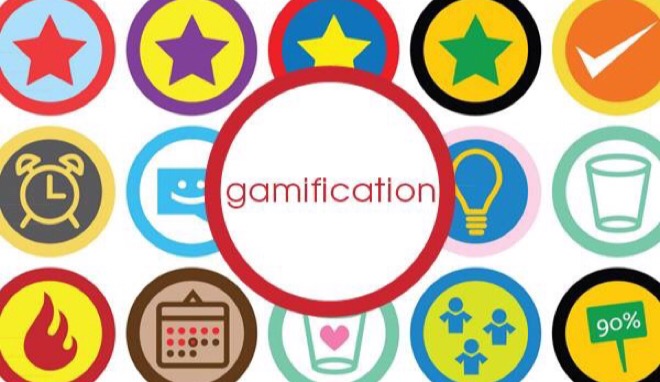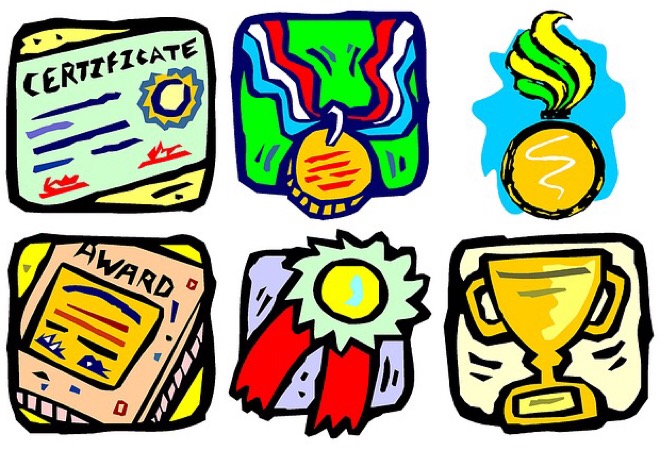

Leslie Park Lynn is a 15 year restaurant industry veteran.
Every restaurant struggles with employee turnover. In fact, many managers site employee retention as one of their primary improvement goals. But how do you keep good employees engaged and enthusiastic about working in your restaurant? Gamification might be part of the answer.
Employee recognition is a key factor in employee retention in any business. Smart restaurant operators know that in the fast paced restaurant business calling out and rewarding the accomplishments and good behavior of their top employees is a must. But most restaurants fall short and either don’t execute their employee recognition programs well or, worse, don’t have one at all. Gamification takes employee recognition and engagement to a whole new level and provides a vehicle to help motivate, train and incentivize staff.
In essence, gamification uses the principles of game playing and competition in a business context to inspire and engage employees to achieve certain goals both personally and for the restaurant. It incorporates the attractive aspects of gaming such as fun, accomplishment and competition and leverages these towards accomplishing tasks and goals the restaurant has determined to be a part of their strategic plan for success.
Incorporating gamification into your restaurant operation is not a difficult proposition. You can employ a web based solution from a number of providers such as Badgeville or simply utilize a whiteboard or bulletin board. However you choose to launch gamification in your restaurant it can be used in a number of scenarios including gamification for sales goals, guest service and employee training. Let’s have a look at three ways you can institute gamification in your restaurant and keep employees motivated, engaged and performing well.
Gamification Tactic #1 – Awarding Badges
Part of retaining good employees is recognizing their great work and achievements. While it is great to express this verbally, gamification can do it in a much more meaningful way. Providing visual and tangible proof of their excellence builds a sense of pride and accomplishment that employees see and can be seen by others. Awarding badges and trophies, even in a virtual sense, puts true emphasis on the accomplishments. Establishing a clear set of goals and objectives helps employees know what is expected of them and makes it meaningful when they accomplish those goals. Employees that feel proud and recognized can be true brand ambassadors and are most likely to stay and encourage others to do the same.
Gamification Tactic #2 – Leaderboards
Without a doubt, competition drives performance in most individuals. Being able to measure yourself against others in a gamification scenario creates a sense of urgency and a desire to win. Whether it is a sales contest or a training certification goal, leaderboards provide an excellent way to tap into the competitive nature of your employees while keeping them focused on the end game. Leaderboards will also establish motivation for lower performing employees. Seeing where they measure up in comparison to their peers provides an incentive to perform better. In an objective way they are able to see their rank among their fellow employees and make the changes necessary to better compete. Those that won’t or can’t buy in will most likely self terminate, sparing the manager the angst of having to fire them. Those who do engage in the process will be pushed forward towards a higher level of performance. Utilizing a leaderboard provides a naturally competitive environment that not only encourages better performance but establishes in black and white, who the top achievers are in the restaurant organization.
Gamification Tactic #3 – Certifications
Certifications allow employees to work towards and achieve certain levels of expertise in the organization that support the overall success strategy of the business. An employee achieving the level of Certified Trainer, for example, serves the organization in a number of ways. Having people in the organization who are capable of indoctrinating new employees and getting them up to speed is invaluable for a manager who needs to be focusing on the bigger picture. Being a Certified Trainer sets the employee apart from the rank and file as they are seen as “experts” by their peers and are, generally, eligible for a higher rate of pay. Also, the organization now has employees that are capable of moving up the ranks which helps to create a succession plan for the management staff. For the employee, certifications bring a sense a pride and accomplishment, along with potential financial benefits. Employees feel more valued and see potential in their position past their current role. The ability to reach certification status, maybe earn more money, be viewed positively by their peers and feel optimistic about their future with the organization are all factors that positively influence employee retention.
Incorporating gamification into your restaurant organization helps to put structure and meaning behind your employee recognition efforts. Employees who are recognized for their successes and achievements feel more valued and more optimistic about the future of their employment with the organization. These employees are more likely to be longer term staff who can move up in the organization as needs arise, be more productive and provide tremendous support for managers and owners on a daily basis. That said, gamification might well be a game changer when it come to retaining your best employees.









Comments